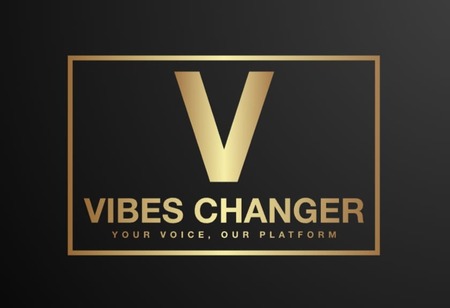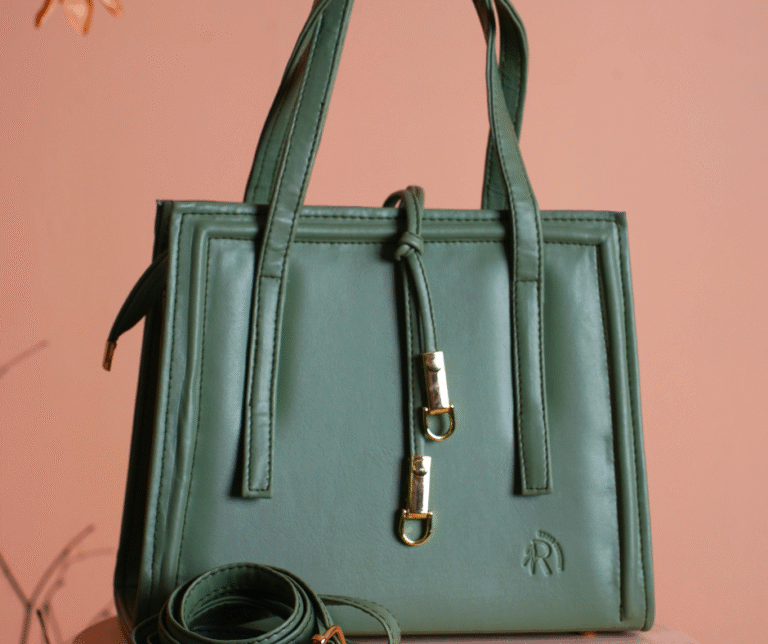Fashion in 2025 isn’t just about what we wear — it’s a reflection of who we are, what we believe, and how we adapt to a rapidly changing world. From AI-generated designs to digital wardrobes, this year has redefined style in ways we couldn’t have imagined a decade ago.
Let’s explore the key trends and shifts shaping the fashion scene in 2025.
1. Sustainable Style Takes Center Stage
Sustainability is no longer a buzzword — it’s a baseline expectation. Brands are being held accountable by conscious consumers who demand transparency, ethical sourcing, and eco-friendly production methods.
Materials like lab-grown leather, biodegradable fabrics, and recycled synthetics are not only widely available but also incredibly stylish. Minimalism and capsule wardrobes are trending again, but this time with an emphasis on long-term wearability rather than seasonal fads.
2. AI and Fashion: A Creative Collaboration
Artificial intelligence is now a regular collaborator in the design process. From forecasting trends to creating virtual fitting rooms, AI is helping brands and consumers make better choices.
Designers are using machine learning to generate patterns and silhouettes based on cultural data and fashion history, while shoppers use personalized AI stylists to curate looks that match their body type, lifestyle, and taste.
3. Digital Fashion and the Rise of Virtual Clothing
Thanks to the rise of the metaverse and augmented reality, digital fashion has exploded. People are buying outfits that exist purely online — for social media, avatars, or gaming platforms.
Major fashion houses have launched digital-only collections, and influencers are partnering with 3D artists to showcase futuristic looks. It’s a new form of self-expression where creativity has no physical limits.
4. Genderless Fashion Becomes the Norm
The concept of gendered clothing is becoming increasingly outdated. In 2025, many mainstream brands are offering unisex or gender-neutral collections that focus on comfort, freedom, and identity over traditional gender norms.
This shift reflects broader cultural changes and a growing acceptance of non-binary and fluid identities in the fashion world and beyond.
5. Local and Artisan Fashion Revival
While tech and innovation are driving global trends, there’s also a powerful movement toward supporting local artisans and traditional craftsmanship. In many places, younger generations are reconnecting with cultural heritage through fashion.
Handmade textiles, indigenous designs, and slow fashion brands are gaining popularity as people seek authenticity in what they wear.
Final Thoughts
Fashion in 2025 is more inclusive, tech-savvy, and environmentally conscious than ever before. It’s a space where personal expression thrives, and innovation blends seamlessly with tradition.
Whether you’re wearing a digitally rendered outfit or rocking a handwoven jacket from your local market, one thing is clear — in 2025, fashion is all about choosing what aligns with you.
#Fashion
#Clothing

